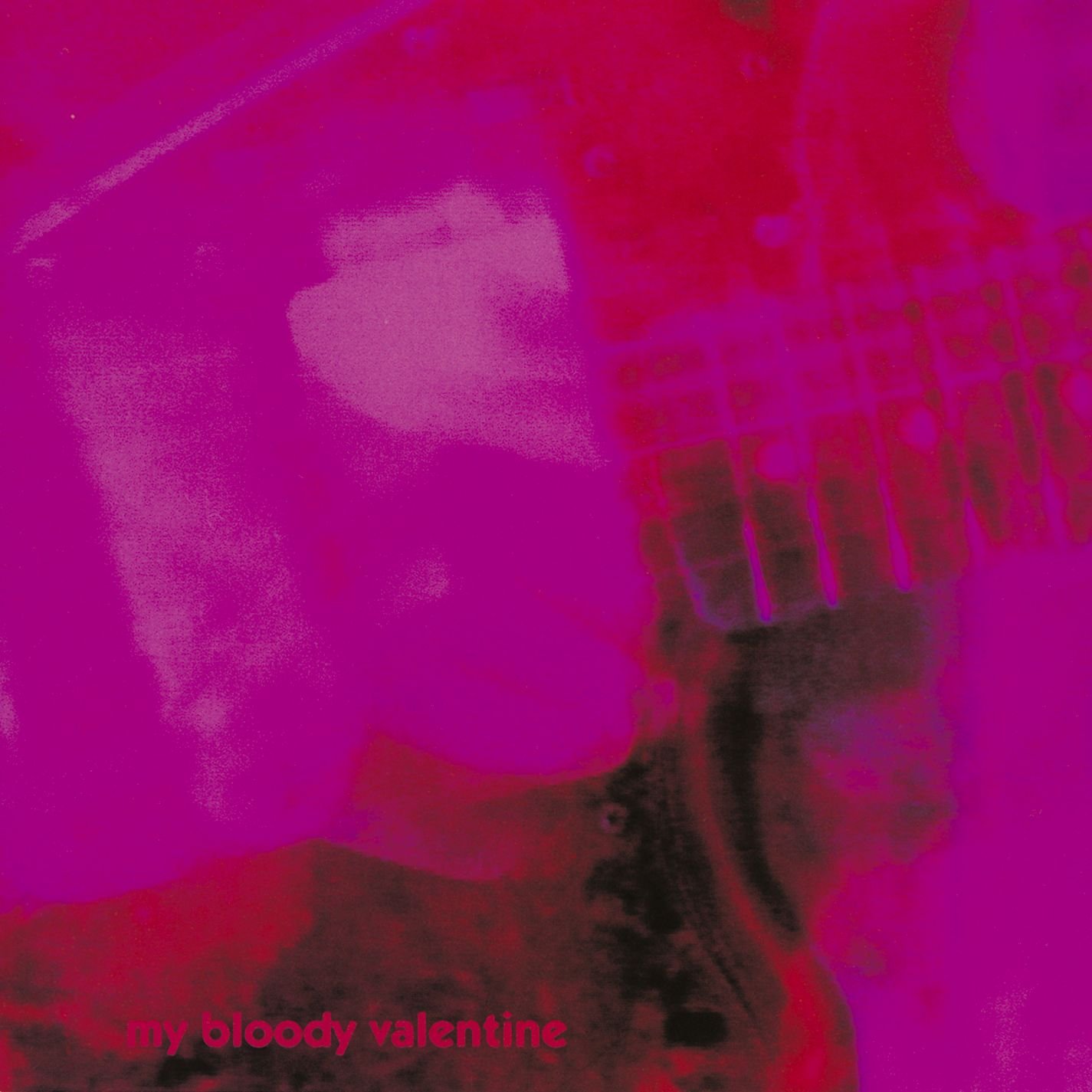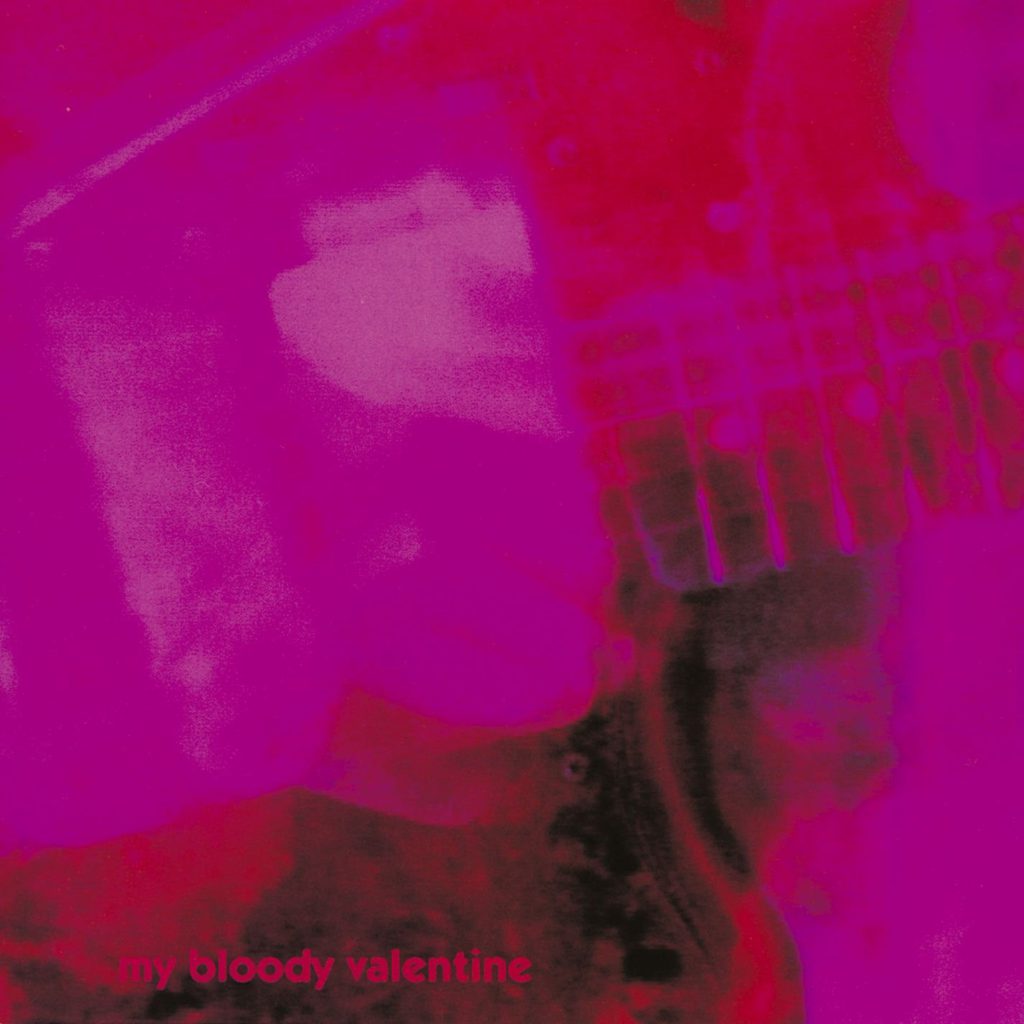Listening to My Bloody Valentine’s Loveless for the first time is akin to your first trip on an airplane–– the experience is unsettling, frequently loud, neurologically disruptive, and by the end of it, you aren’t quite sure whether they are in a conscious or purgatorial state. They also both have a great feeling of relief from the ending of the said event, ear-popping glory and all. They are two uniquely intertwined experiences–– few experiences in the world quite like it.
Funnily enough, a second listen to Loveless also resembles the return flight home from your first ever flight. It begins just as aggressively, but the incessant looming (pun unintentional) fear that plagued the first time subsides, allowing you to focus on the weirdness behind the initial visceral reaction, as well as the beauty the experience can arouse. The thick, distorted sound of a wobbly, open-tuned guitar is like passing through a cumulus cloud and feeling stronger for it. This is an exaggerated simile, but one that I’m making because I believe that Loveless (who, on the day of this article being published–November 4–turns 30 years old) is one of the most seminal albums in popular music history.
From hazy, intentionally blurry Instagram posts to the DIY, reverb-drenched guitar-rock musings of kids with laptops, the influence of Loveless can be felt everywhere, including outside the Anglophonic world in which it was created in (q.v. Japanese shoegaze). This album’s contrails have leaked into the minds of countless musicians, leaving a deep-red residue in the vinyl grooves of artists such as The Smashing Pumpkins, Fishmans, and Sweet Trip, all of whom employ fuzzy production, melodic songwriting, and off-kilter instrumentation to create psychedelic atmospheres that evoke the superlunary.
Despite the excellent performances of every band member (from Bilinda Butcher’s ethereal, androgynous vocals to Colm Ó Cíosóig’s metronomic, and sometimes even danceable, drumming), Loveless is an effort that stems primarily from the genius that is Kevin Shields. Loveless in all its sonic invention could perhaps only be fairly described as a Kevin Shields solo project, as he wrote and recorded nearly every part of every song (even, in most instances, the drums, which he programmed to sound like Cíosóig) because of his unbreakable attachment to his own polymathic vision. Taking cues from Phil Spector and Brian Wilson, Shields was able to create a wall of sound unlike any other, blending guitar effects with feedback loops with synthesizers to create an ocean. Though the sound is massive, Shields is on record noting that the album contains fewer guitar tracks “than most bands’ demo tapes.”
I think this fact alone indicates how Loveless is able to endure through the decades and has managed to still stay so relevant. The total dedication to a project and its realization of one’s own terms has spoken to swaths of indie rockers looking to break out for decades. Indeed, AllMusic, a notable online music database, compiled a list of musicians most often cited as influential by other musicians in 2017. The list featured My Bloody Valentine at #26, above folk-rock legend Joni Mitchell, grunge icons Nirvana (whose album Nevermind also recently turned 30), and avant-garde-rock king Frank Zappa, among many others. The desire to create something so perennially bewildering and unique is a feeling understood and felt by all artists, so at a time when rock music consisted of either
A) synthesized basslines and crystal-clear guitar lines drenched in chorus or
B) sloppy drumlines and shouty vocals,
My Bloody Valentine created a piece of art so forthrightly unique and irreproducible that I can’t help but pause and say: “F***, I desperately wish I could do that.”
The reality is, whether I (or anyone else, for this matter) is ever able to even begin thinking about creating something as timeless (because I legitimately feel this album belongs to no timeline) and acclaimed as Loveless does not matter. What matters is and should be that the drive to do so exists. As artists and creators, we should constantly strive to make something simultaneously both awe-inspiring and fearful that we will never achieve that goal. Even 30 years after its initial release, Loveless is a pillar of aspiration and toil whose magnificence will continue to inspire Sisyphean stories of artist struggle for decades to com
Get your daily fix of shoegaze below:

